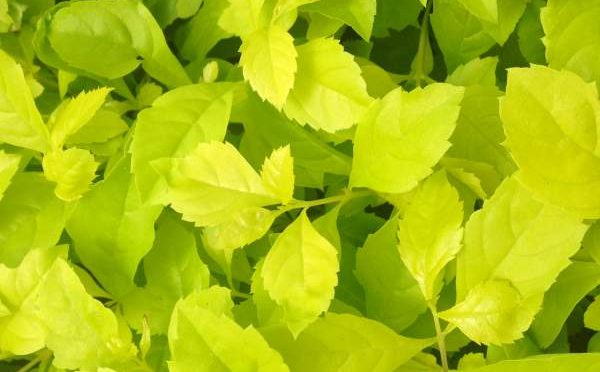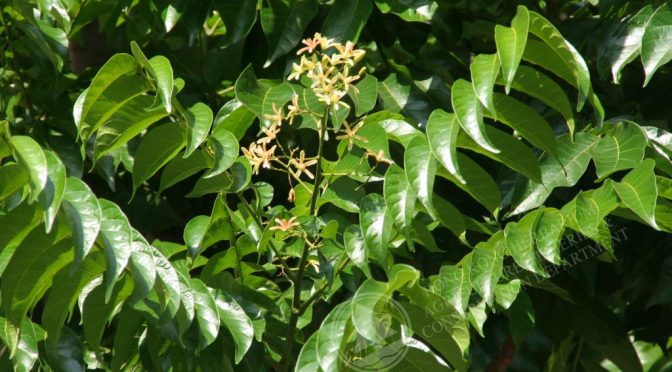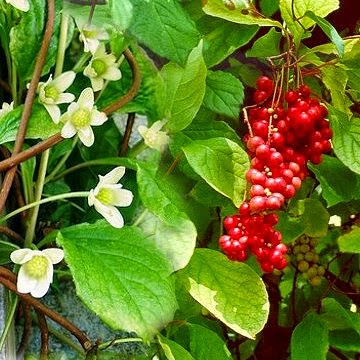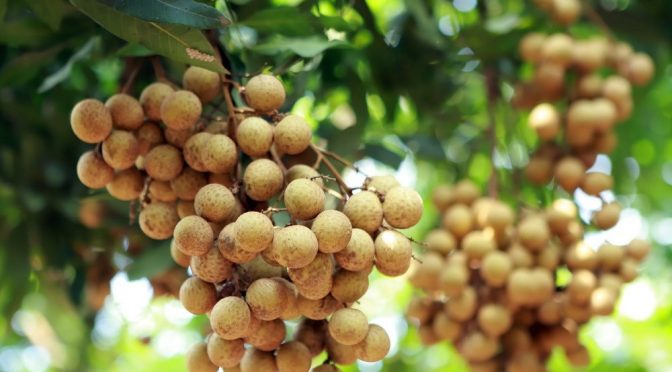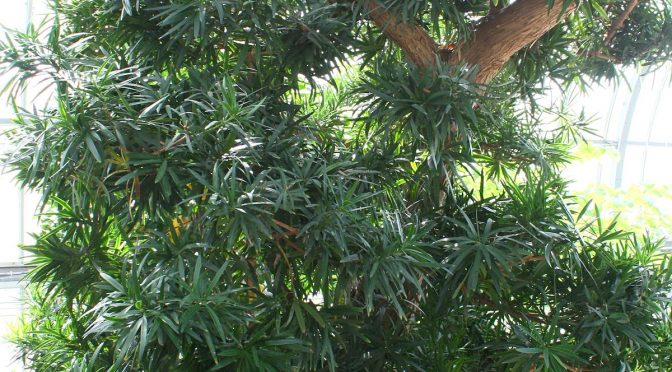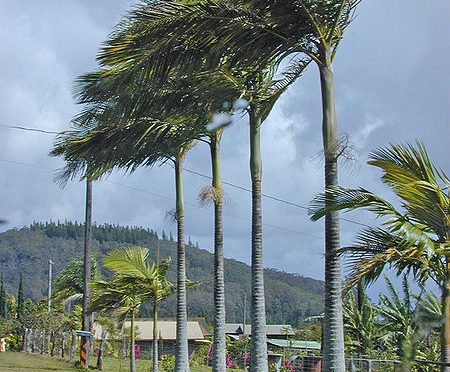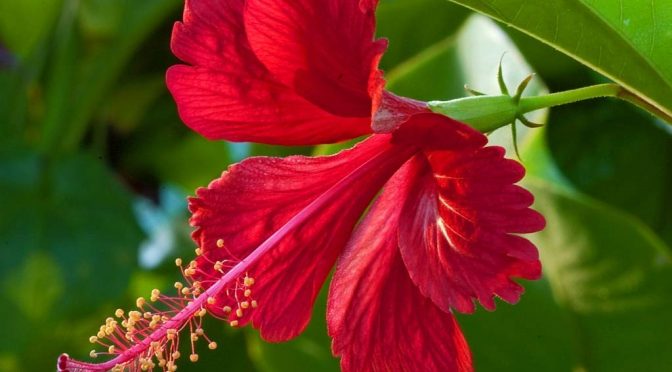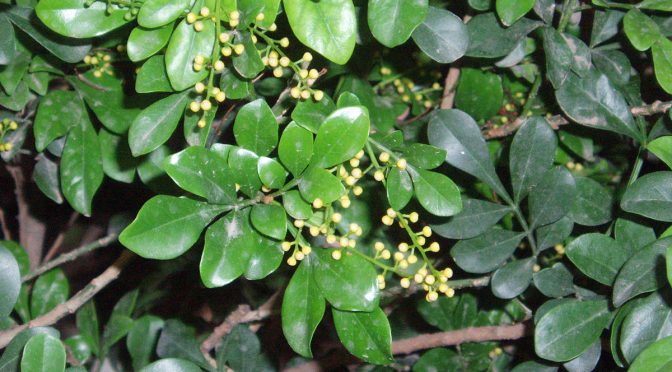
Aglaia odorata
Aglaia odorata is a slow-growing, much branche, evergreend shrub or small tree growing up to 10 metres tall. The bole can be 15cm in diameter. The plant is harvested from the wild for local use as a food, medicine and source of wood and essential oil. It is often grown as a hedge, and is cultivated in gardens of southeast Asia as an ornamental and for the very fragrant flowers which are used to flavour tea, to scent clothes etc; the flowers are commonly found…
